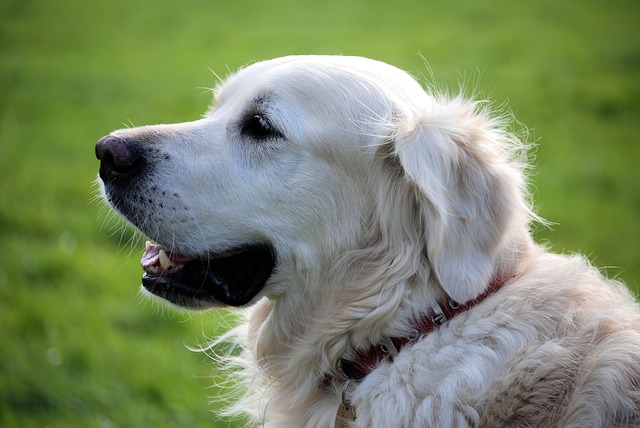
How do i train my dog to be obedient?
Watching your dog dart across the park ignoring your calls isn’t just frustrating—it can put them at risk near busy streets or public spaces.
Dogs bark at other dogs for all sorts of reasons—excitement, fear, even just to say “hello.” But when it turns into nonstop yapping during walks or at the park, it can feel overwhelming. The first step is figuring out why your pup is doing it. Is their tail wagging like crazy, or are they tensing up and pulling back? That tells you whether they’re overstimulated or anxious, and that changes how you respond.
Start with small, controlled steps. Find a quiet spot where other dogs might pass by at a distance—maybe a sidewalk a few houses down from a park. Keep your dog on a short leash so they can’t lunge, and as soon as another dog comes into view, toss them a high-value treat, like a piece of cheese or a favorite toy. The idea is to make them associate the sight of another dog with something good. Do this every time, gradually moving closer over days or weeks. Rushing it will only make them more stressed.
Timing is everything. If your dog starts to bark, don’t yell—that just adds to the excitement or fear. Instead, calmly turn and walk the other way until they quiet down, then reward them. It’s like hitting a reset button. You’re showing them that barking means the fun (or the chance to interact) ends, while staying quiet keeps things going. Consistency matters here—everyone in the house needs to do the same thing, or your pup will get confused.
 Socialization helps, but it has to be done right. Arrange playdates with calm, friendly dogs you know. Keep these sessions short and positive, ending before your dog gets overtired or overexcited. Let them sniff and greet at their own pace, stepping in if things get too rowdy. Over time, they’ll learn that other dogs aren’t a threat or something to get worked up about. Just remember, some areas have rules about off-leash interactions, so always keep an eye on local guidelines.
Socialization helps, but it has to be done right. Arrange playdates with calm, friendly dogs you know. Keep these sessions short and positive, ending before your dog gets overtired or overexcited. Let them sniff and greet at their own pace, stepping in if things get too rowdy. Over time, they’ll learn that other dogs aren’t a threat or something to get worked up about. Just remember, some areas have rules about off-leash interactions, so always keep an eye on local guidelines.
Practice “look at me” daily, even when there are no other dogs around. Hold a treat near your face and say “look,” waiting for them to make eye contact before giving it to them. Once they’ve got that down, use it when another dog approaches. If they focus on you instead of barking, reward them big. This teaches them to turn to you for guidance, which builds trust. It’s also a good way to redirect their attention before things escalate.
Patience is key—this won’t happen overnight. Some days will be better than others, and that’s okay. Celebrate the small wins: a quiet glance at another dog, a calm step past one on the street. Those moments add up. And remember, every dog is different—what works for a golden retriever might take longer for a terrier with a strong prey drive. Stay positive, keep sessions short, and soon you’ll both enjoy walks without the constant barking. After all, a relaxed pup makes for a relaxed you.

Watching your dog dart across the park ignoring your calls isn’t just frustrating—it can put them at risk near busy streets or public spaces.

New puppy owners often find themselves rushing to clean up accidents before they set in, and that’s where puppy pad training becomes a game-changer.

If you've noticed your dog's waistline disappearing and your veterinarian has mentioned those few extra pounds, your first instinct might be to simply reduce the amount of food in their bowl.

Training a dog to use a designated spot indoors isn’t as daunting as many new owners fear, but it does take consistency and an understanding of your pet’s needs.

That moment of dread on a walk is all too familiar for many new dog owners. You see another dog approaching down the sidewalk of your neighborhood

If the sight of another dog on your neighborhood walk makes your heart sink as your own dog erupts into a frenzy of barking and lunging, you're not alone.